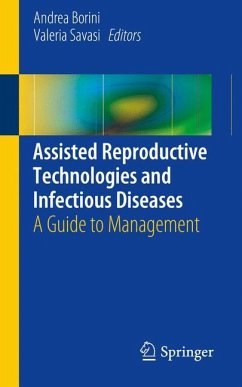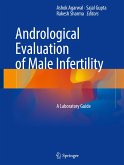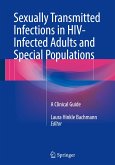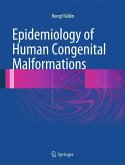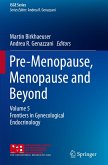This concise and practical book is the first of its kind to examine the use of assisted reproductive technologies (ART) in relation to blood-borne infectious diseases: human immunodeficiency virus (HIV), hepatitis B (HBV) and hepatitis C (HCV). The book opens with a discussion of the impact of these viruses on male and female fertility, followed by specific chapters of each of them, including ART with HIV and HCV serodiscordant couples (where either the male or female is positive) and the detection and impact of HBV and HCV in human gametes and embryos. An important character on laboratory safety when performing ART with blood-borne viruses follows, and the book concludes with a discussion of ART in austere and resource-poor settings, where these infections are often dominant due to lack of treatment and access to vaccines. Written and edited by an international array of experts in reproductive medicine, Assisted Reproductive Technologies and Infectious Diseases explores questions, techniques, and related issues with the aim of effectively helping clinicians working with serodiscordant couples wishing to have children.
Bitte wählen Sie Ihr Anliegen aus.
Rechnungen
Retourenschein anfordern
Bestellstatus
Storno

